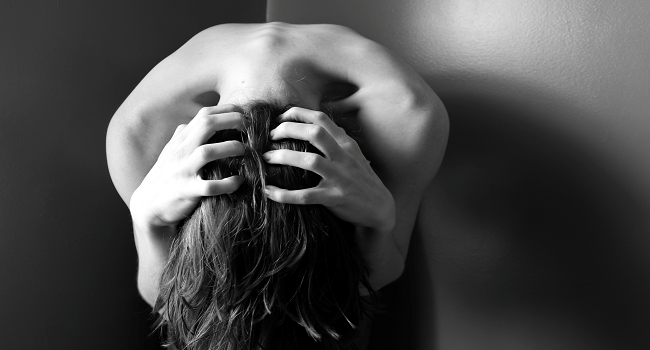There are umpteen number of reports over the internet which suggest that a large number of American teenagers are badly affected by drug use disorder which is also known as substance use disorder. Now, what is important to note here is, approximately 50% of these teenagers are also detected or identified with the symptoms of other types of critical mental health issues. Doctors who deal with such patients have always found it quite difficult to offer right treatment to them because of the complexities involved in the disorders.

Nowadays a term called ‘dual diagnosis’ is used extensively to identify such conditions among teens as well as adults.
According to the reports, a journal called Substance Abuse published a study review back in December 2014 which showed that researchers from renowned American institutions emphasized the importance of ‘Adolescent Community Reinforcement Approach’- a new approach to dealing with or treating teens with drug use disorder and other serious mental illness problems.
What exactly is the dual diagnosis?
Dual diagnosis can be described as a term that is used for recognizing or identifying patients with two or more than two simultaneous disorders or illnesses. Once a person who is identified with drug use disorder like stimulant use disorder, is also identified with a mental illness then dual diagnosis effectively applies on him or her. One of the most important points that you must understand now is, the mental illness found in the person with drug use disorder is not always directly associated with drug intake.
It is completely true that when people suffer from two different kinds of illnesses at the same time, it become extremely difficult for them to recover their condition. On the other hand, if a person with a mental illness doesn’t have any other critical alcohol and drug problem, it becomes way too easy for him/her to recover his/her condition.
Teenagers suffering with the problem of dual diagnosis, drug addiction, face similar complications and difficulties as the adults suffering from the same. Teenagers facing dual diagnosis come across with problems such as difficulty in figuring out the right treatment for the problems and lesser chances of getting involved in an appropriate treatment. In addition to that, they also fear increased risk of getting back to the condition of substance intake, after which it becomes tremendously difficult for them to recover their mental health.
What sort of treatments are available for dual diagnosis?
When it comes to treating the dual diagnosis, the process generally begins with sorting out the issues associated with drug abuse or substance intake. After that, the patient has to go ahead with the treatment of a particular illness separately.
On the other hand, there are various such programs or we can say the drug addiction treatment in London, wherein problems related to drug intake and other mental illnesses are treated simultaneously. Cognitive behavioral therapy, brief strategic family therapy, and multisystemic therapy are some of the most crucial non-medication treatments when it comes to healing dual diagnosis.
Cognitive behavioral therapy is nothing but a type of psychotherapy that helps in changing the behavior of the patient without the use of medicines. Similarly, brief strategic family therapy is a distinctive type of family counseling that helps in recovering the mental illnesses faced by a teen. In addition to that, a therapy called multisystemic therapy which is nothing but a community-based treatment program is also important for recovering the condition of teens suffering from dual diagnosis.
A brief description of Community Reinforcement Approach
Though there are a variety of treatments available for dual diagnosis, but Community Reinforcement Approach which is a mixture of both family therapy and cognitive behavioral therapy has become the talk of the town these days, all because of the kinds of results it offers to the patients.
What is great about these treatment techniques is that they help in treating both issues related to substance abuse and another sort of mental illness.

